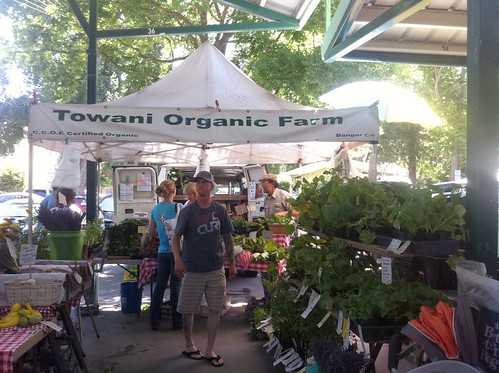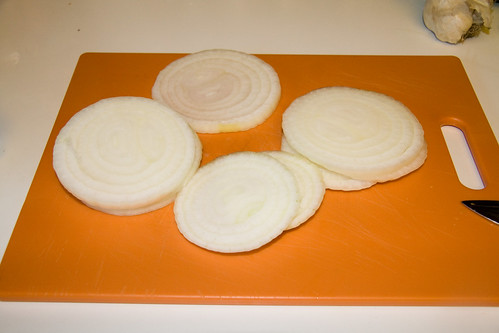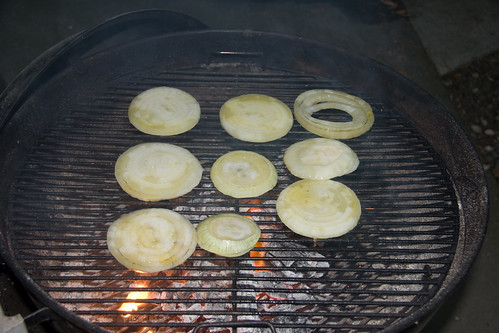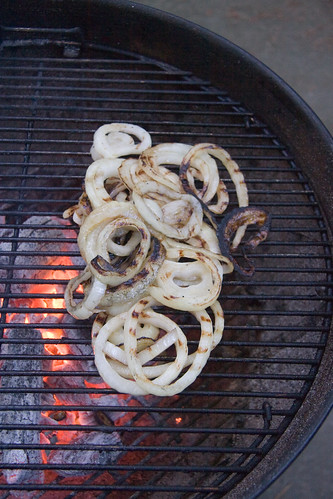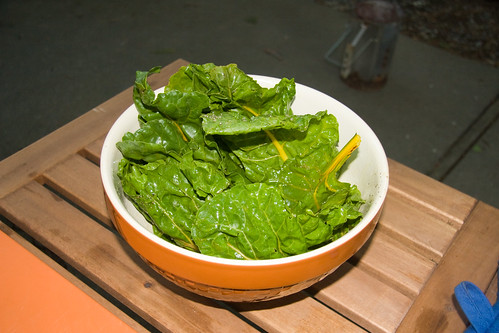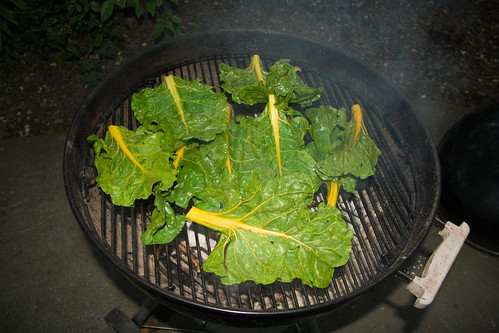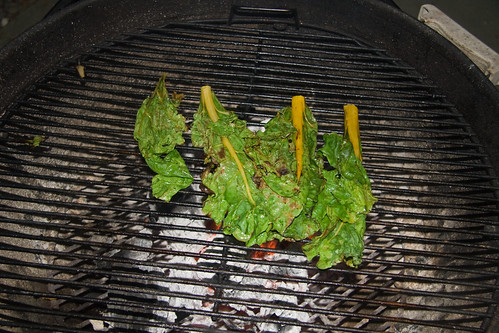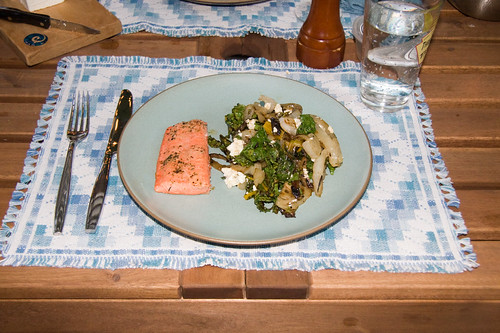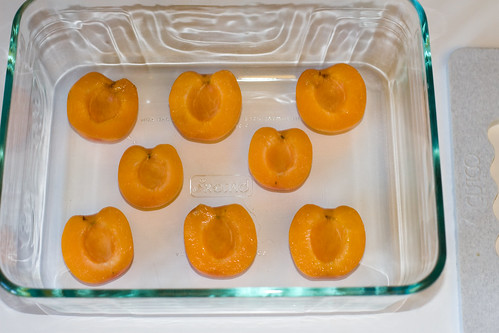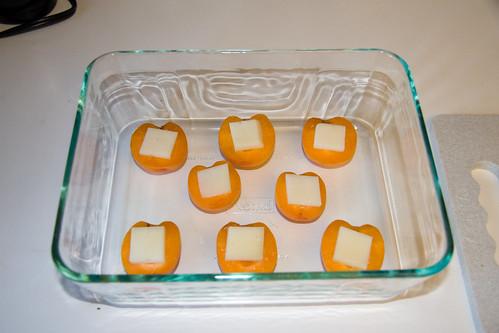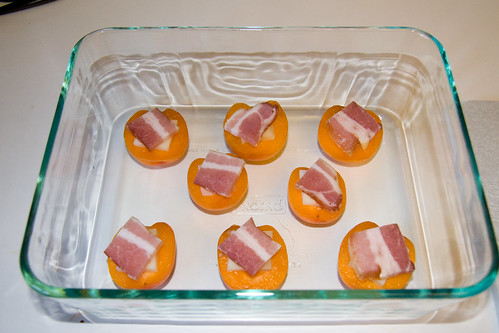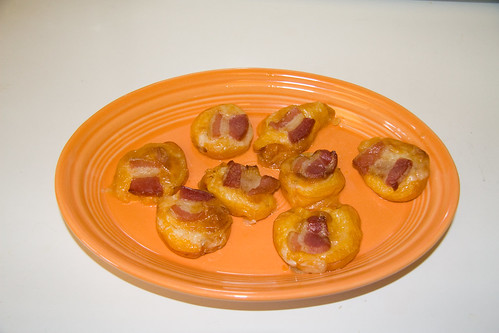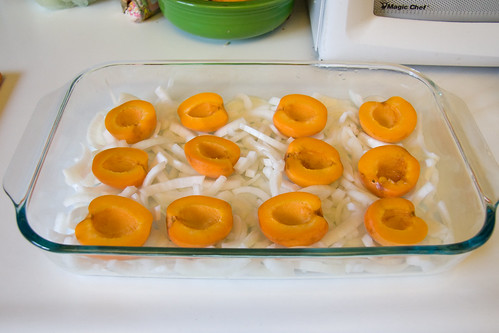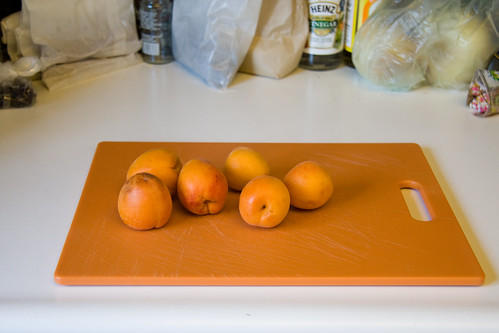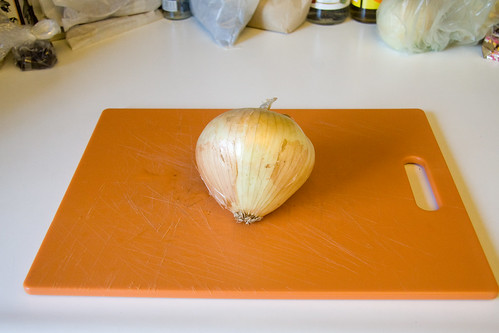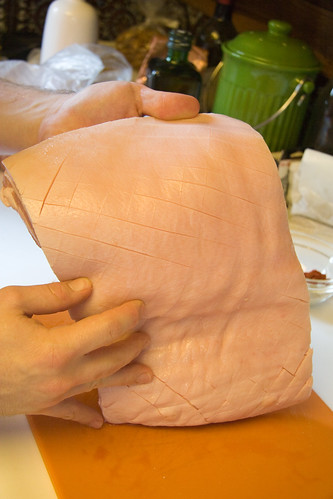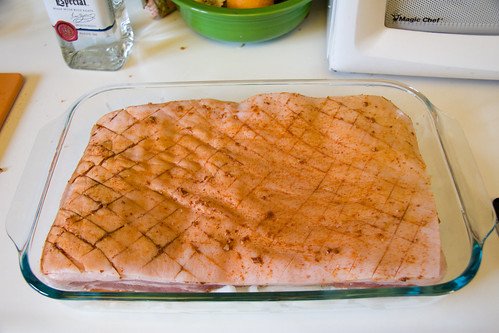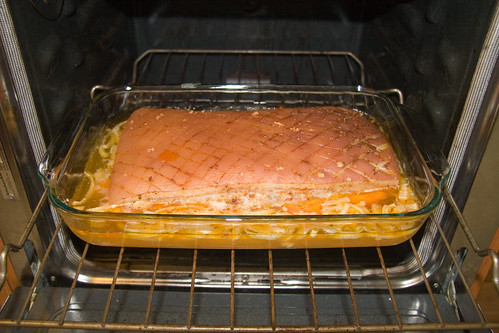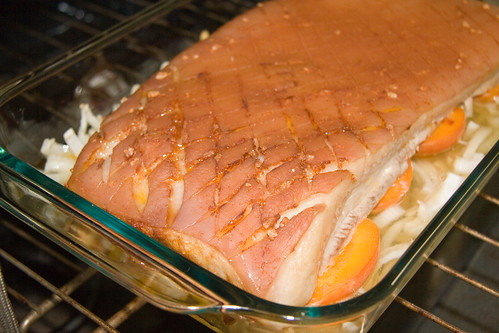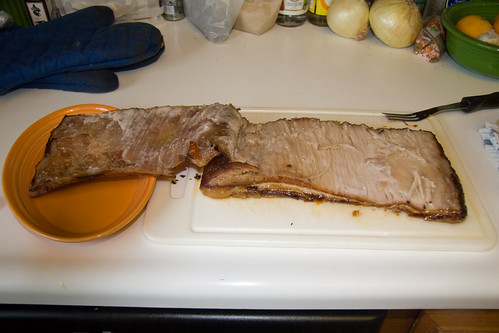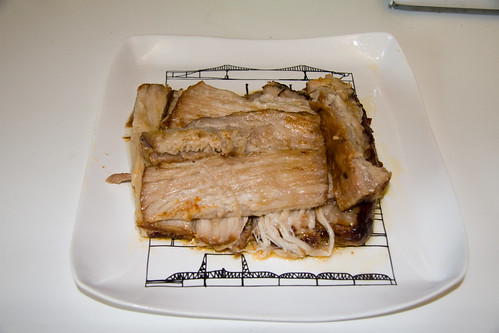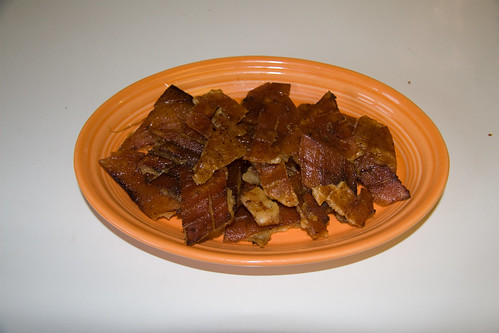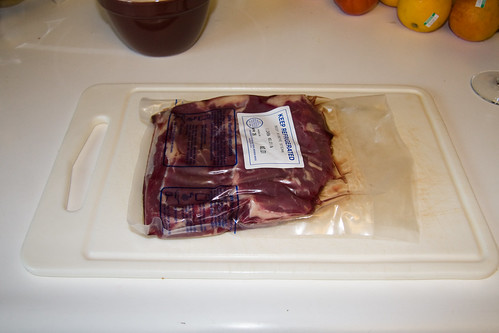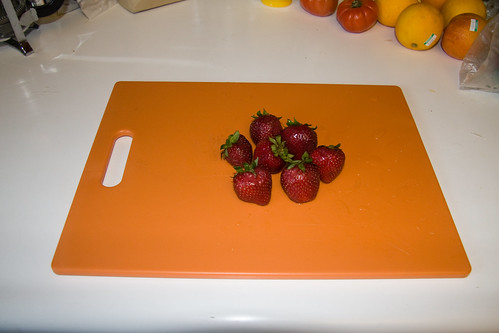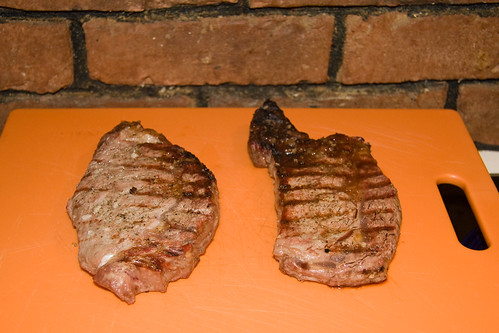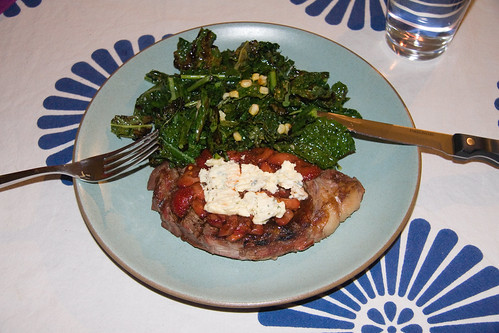This week’s post was guest written by my wife, Jen. As I mentioned a few months back, Jen is our resident pesto expert, so when it came time to whip up a batch of traditional basil pesto, it was obvious that she should take the reigns.
-Michael
When I was 17 I lived for a year in Italy with a couple who originally hailed from Genoa, the birthplace of all things delicious—including pesto. As my host mom, Graziella, whirred the sauce together in a food processor, my host dad, Alberto, would tell me about the traditional way to make pesto alla genovese, which is, of course, with a mortar and pestle. His own mother, he claimed, would pound away away at the basil, pine nuts, garlic and cheeses for hours until it was perfect. The pesto made in the food processor could not compare. Graziella would roll her eyes at Alberto and told him to go pound it himself. While I disagree that pesto made in a food processor is inferior, I do maintain certain tenets when it comes to making traditional—albeit, good—pesto alla genovese. I take my rules for pesto directly from the best pesto-maker I know, Graziella; Suor Germana, the celebrity cooking nun who was endorsed by Graziella; and hours of my own experimenting.
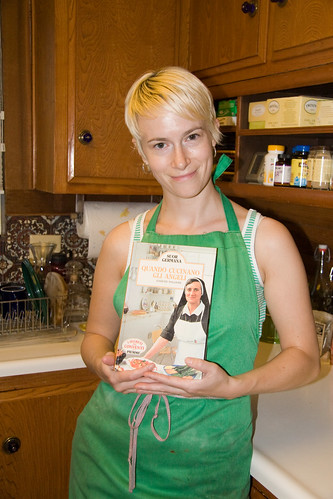
1. The cheeses must be an equal mixture of parmigiano reggiano and pecorino sardo. The pecorino sardo should be the skunkiest, sharpest pecorino from Sardegna you can find. If that is unavailable, a serious pecorino romano will suffice.
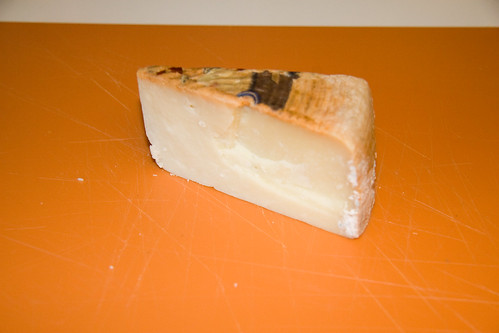
2. The only nuts that belong in pesto are pine nuts. They should be as fresh as possible and then toasted until they smell like bacon.
3. The pesto should be able to hold its form on a spoon when it comes out of the food processor. The pesto then gets placed in a bowl for mixing with the pasta. Right before the pasta is done cooking, you add a little pasta water to the pesto to liquify it a bit.
4. The basil should be as fresh and local as possible. I prefer to make pesto with basil from the garden. Unfortunately, we don’t have any this year, but the basil from Lloyd’s Produce does quite well.
5. There are no exact measurements of ingredients in pesto. You add and taste and add and taste. Ultimately, you are aiming for a complex sauce that hits sweet and full on the front palate, garlicky and smoky in the middle and has a long finish of spice.
To begin!
Pre-heat the oven to 350° and place the pine nuts on a baking sheet.
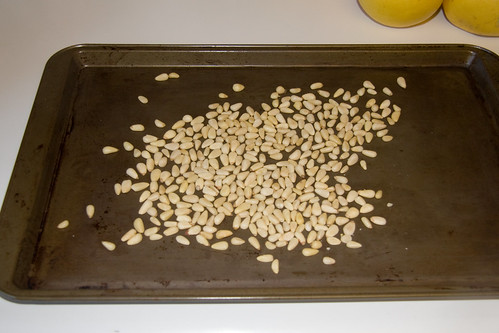
While the pine nuts toast until they smell like bacon (about ten minutes, but use your nose not the timer), wash and dry the leaves of at least one bunch of basil. I like to keep another bunch on deck just in case.
Pull the pine nuts and let them cool.
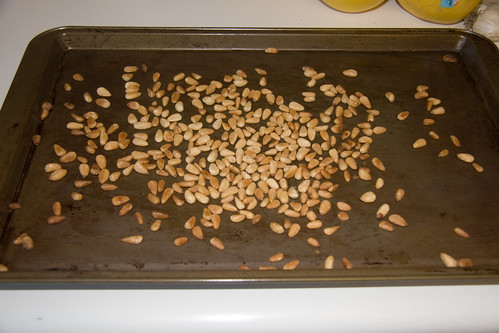
Meanwhile, shred about a cup of pecorino and a cup of parmigiano.
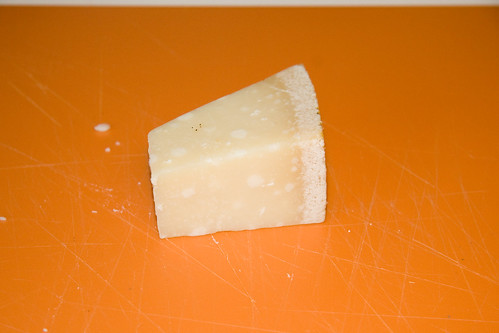
Peel four to six cloves of garlic.
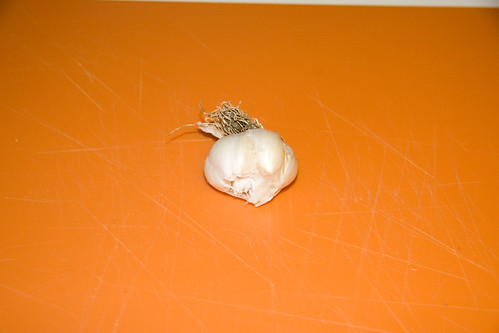
Gather the rest of your ingredients—olive oil, sea salt, pepper—and pull out the food processor.
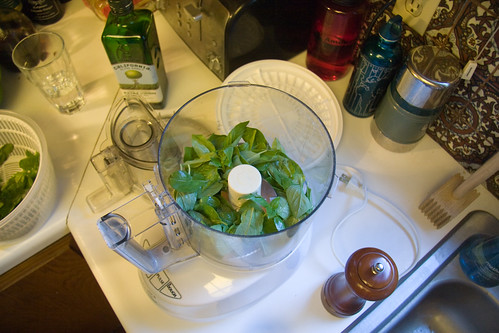
For the first round, throw in two fistfuls of basil leaves, a handful of each cheese, a small handful of pine nuts, a pinch of salt, a pinch of pepper and about two tablespoons olive oil.
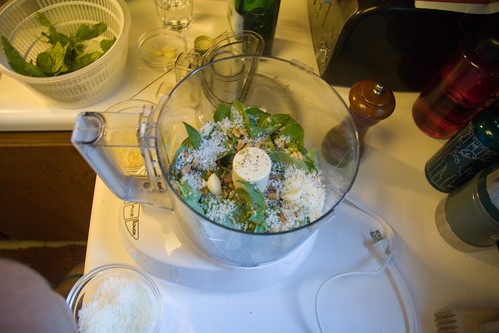
Whir it all together. I found that after my first round, the pesto was thin and in need of more everything except olive oil. So, I added more of everything except olive oil whirred. Then tasted again.
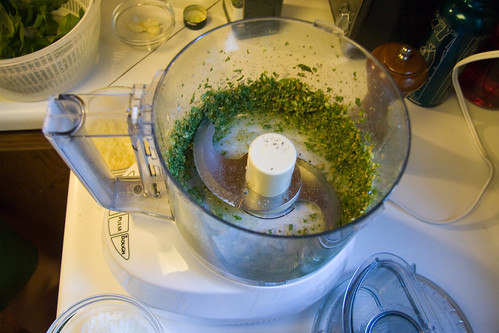
Needed more cheeses, pine nuts, garlic and olive oil the second time. Whir. Then, taste again.
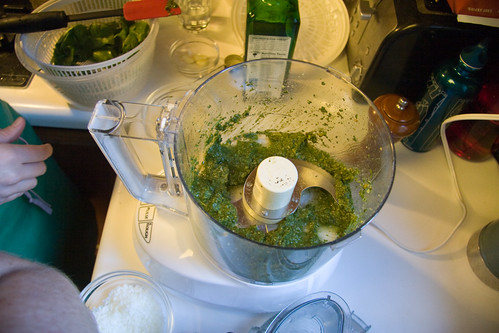
Lacked spice, so more pecorino, garlic, salt and pepper. Whir. Taste. The rest of the basil dumped in plus more cheeses, garlic and a few more pine puts. Whir. Taste.
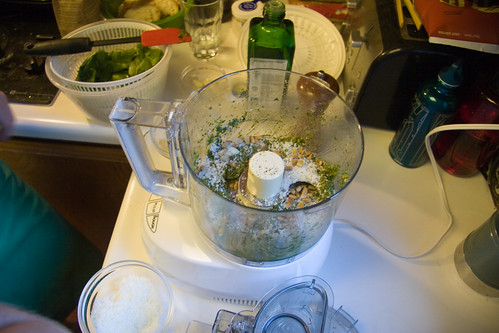
The rest of the pecorino. Whir. Taste. A tad more pepper and the last garlic. Whir. Taste. A little more salt. Whir.

Taste. Notice heft, complex flavor, beautiful finish. It’s ready.

Fill large pot with water. Add a small fistful of sea salt. Boil. Add a dash of olive oil to water. Then, add pasta of choice. The traditional pasta for pesto alla genovese is trenne, but any medium-sized pasta shape will do in a pinch. This particular day, we had orecchiette, which would probably make my host parents groan.
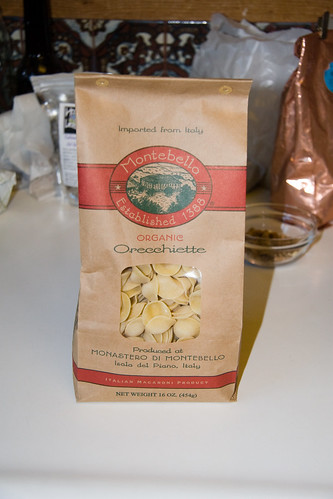
Really, truly traditional pesto alla genovese also includes boiled potatoes and green beans. I tend to think of the full-deal pesto dish as a cold day food, because it is quite filling. You boil a few potatoes in the water then add the pasta then a handful of green beans. All then gets mixed with the pesto. Because it was 100 ° out the day we made pesto last week, I stuck to just pasta for a lighter meal.
So, our pasta water is boiling and we’ve added the pasta to it and are conscious not to overcook said pasta by even a second. We transfer the pesto from the food processor to a large bowl (in which we eventually mix and serve the dish). Notice how lovelily the pesto stand up on the spoon. It is dense and flavor-packed!
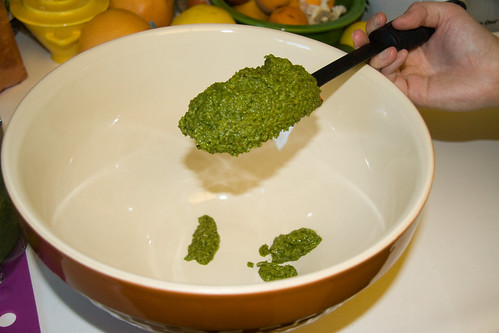
About thirty seconds before pulling the pasta, we grab one large spoonful of pasta water and mix it into the pesto to heat it up and liquify it a bit. mix the hot pasta water with the pesto until smooth.
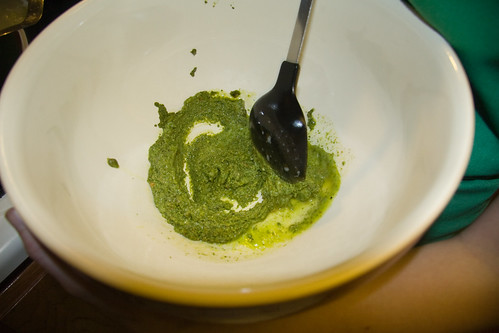
Drain and quickly cold rinse the pasta then dump into the bowl and mix vigorously with the pesto until all coated.
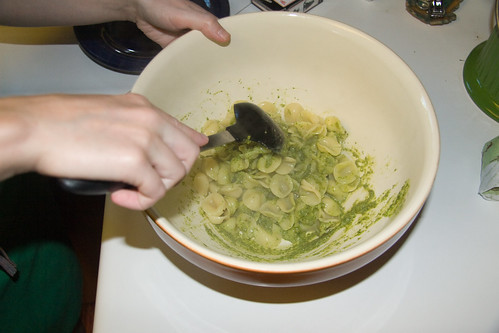
Serve immediately. Or, as Graziella would say, “A tavola!”
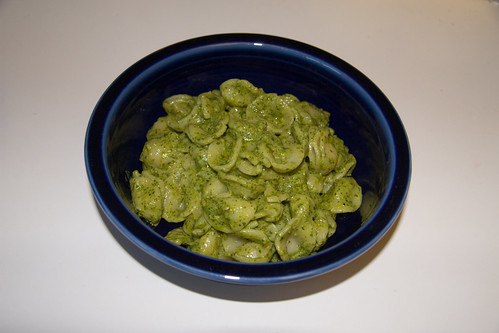
Pesto alla Genovese
(measurements are approximate; add or subtract to taste)
3-4 tablespoons olive oil
1 “bunch” fresh basil (about ten stalks with plenty of leaves)
1/2 cup parmigiano reggiano
1/2 cup pecorino from Sardinia
3-6 cloves of garlic
1/4-1/2 cup toasted pine nuts
1 teaspoon sea salt
1/2 teaspoon pepper
Combine ingredients in a food processor until well blended.
Cook pasta according to directions for al dente. While pasta cooks, mix one large spoonful of pasta water with pesto in a large bowl. Stir to combine.
Drain cooked pasta and transfer to bowl with pesto. Stir to coat and serve.
Checkout all the photos here.

